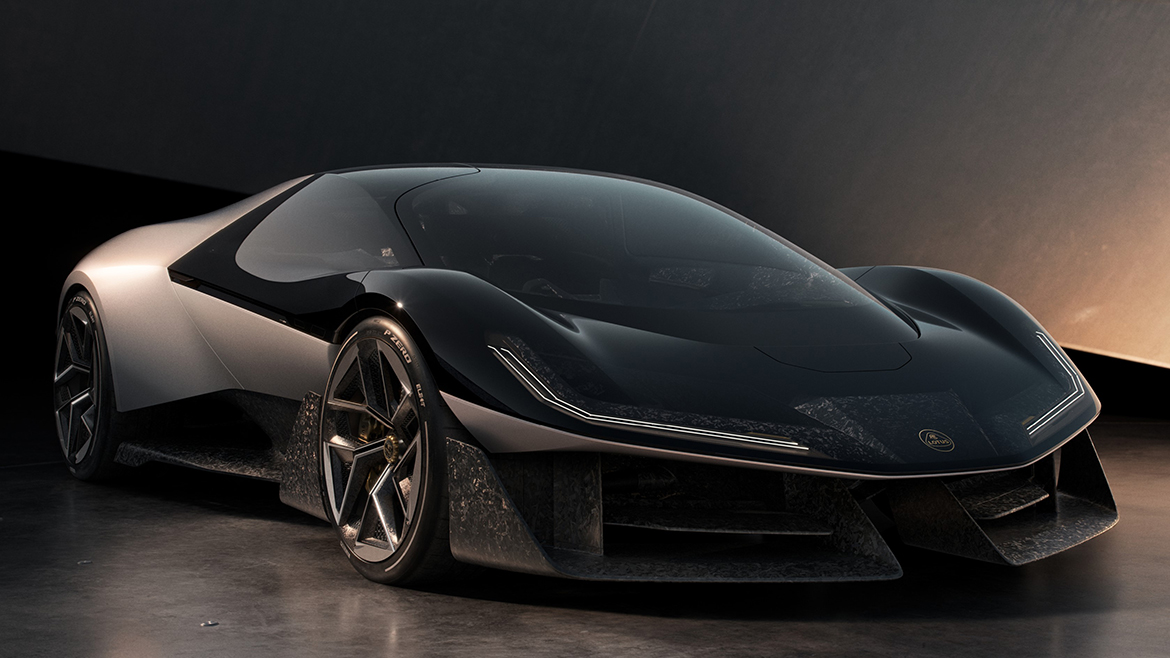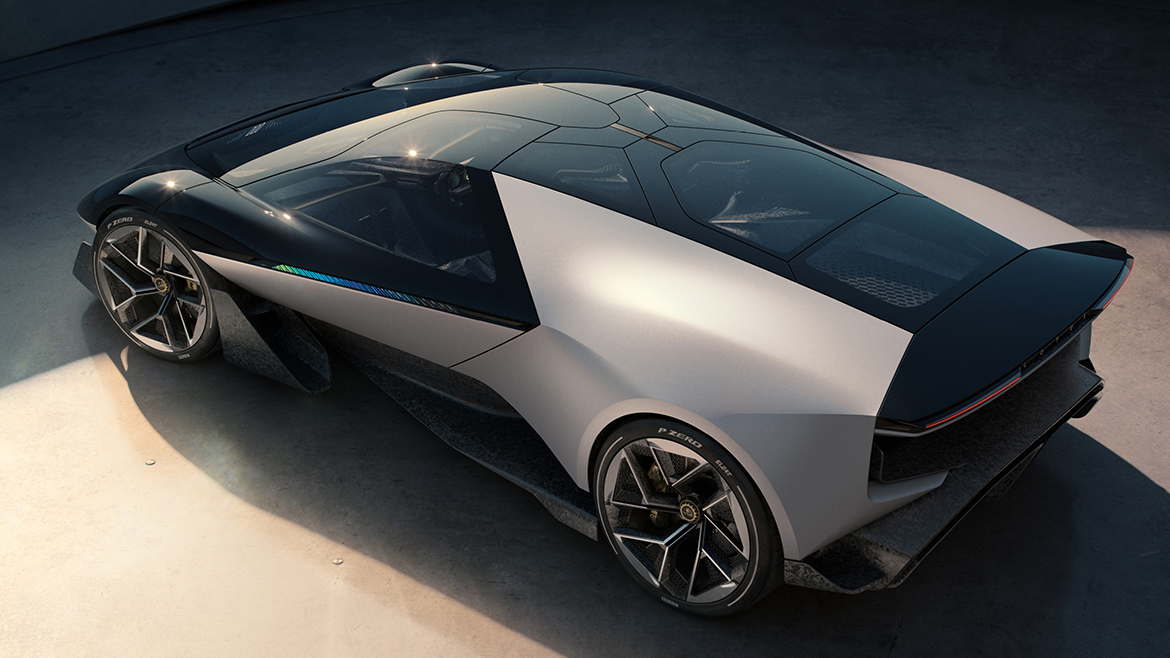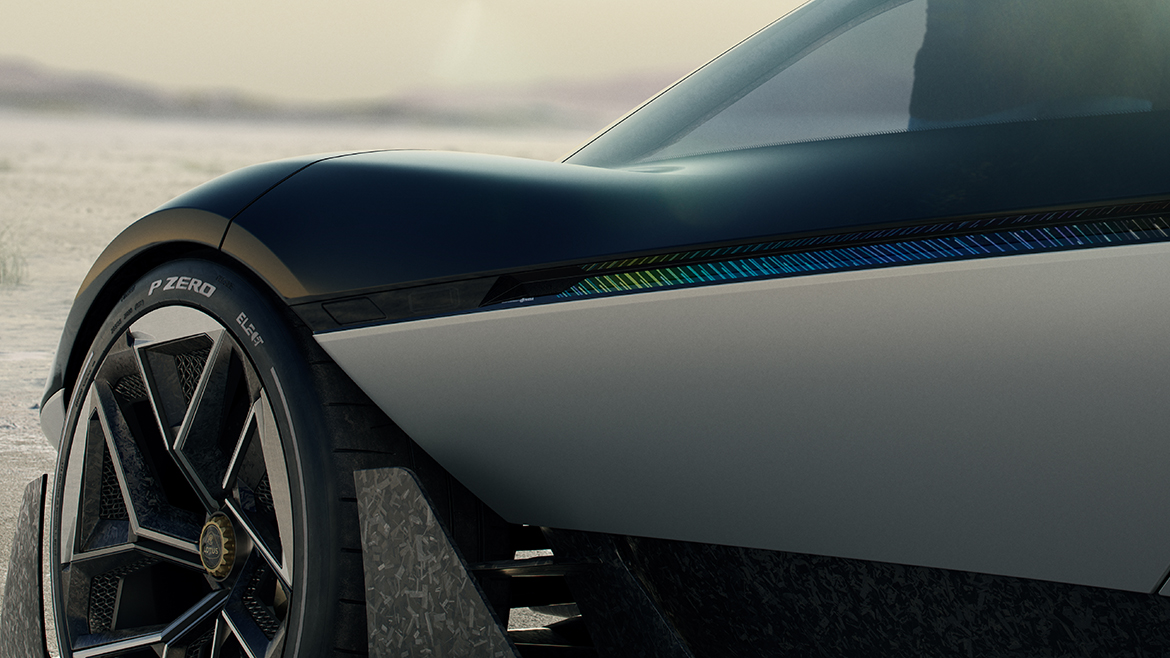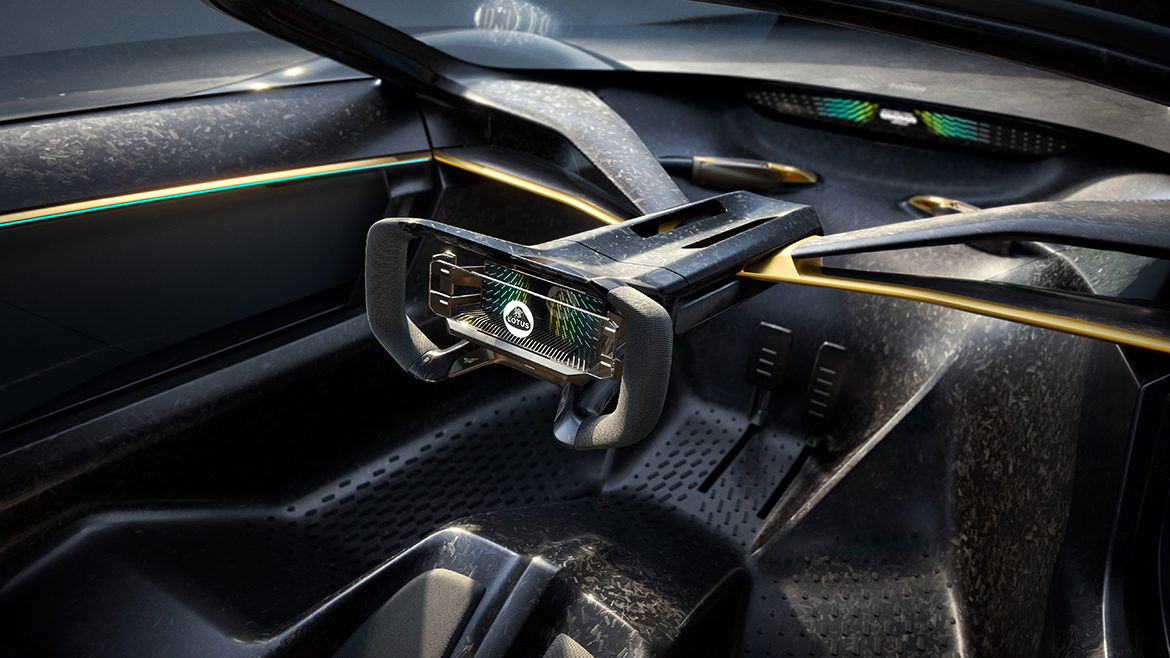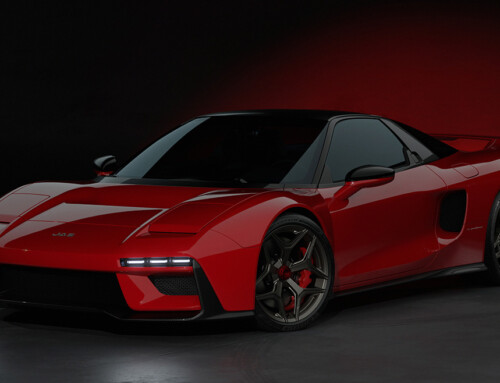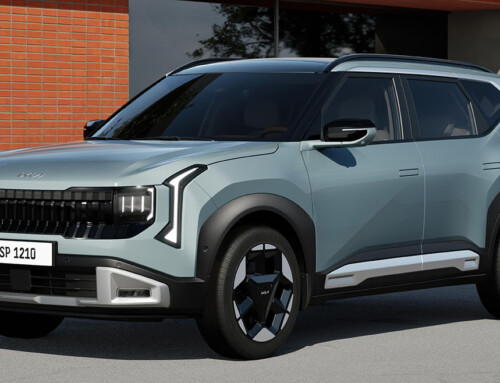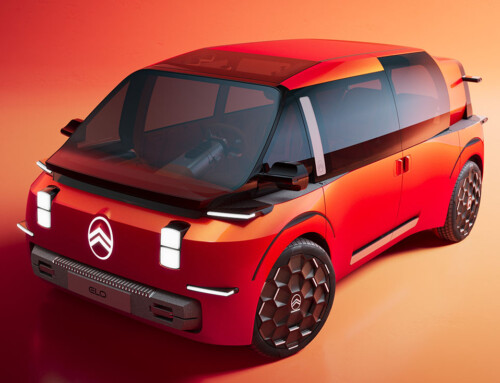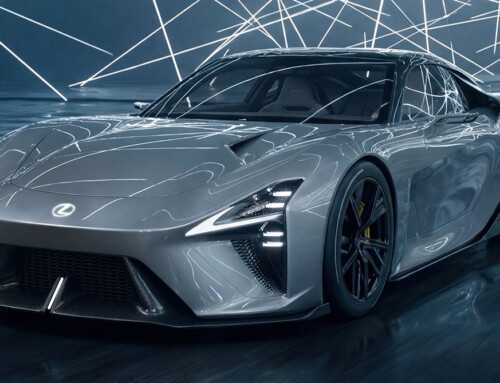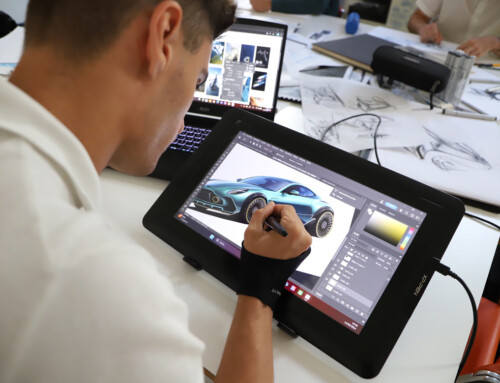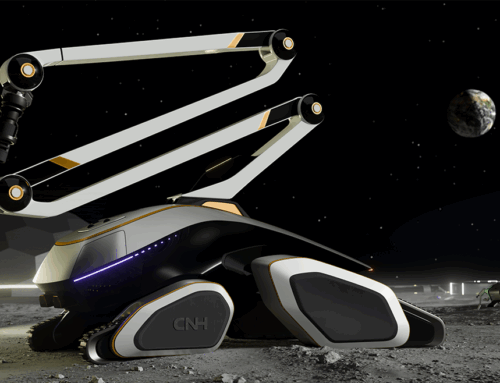Lotus has unveiled Theory 1, its first concept car that represents the future of intelligent performance vehicles. With The Lotus Theory, the company launches its new design manifesto, which will be the basis for all future Lotus cars, encapsulated in the concepts of Digital, Natural, Analogue (DNA). By integrating these design components with the latest innovations and cutting-edge technologies, Lotus is able to simplify and enhance the driving sensations and performance of a car. The Theory 1 adapts perfectly to the driver’s needs, offering the ultimate driving experience.
‘With Theory 1, we worked from the foundations of everything Lotus has created in its 76-year history to push the boundaries of what it means to drive a high performance vehicle,’ said Ben Payne, Vice President of Design, Lotus Group. Cars currently in production use around 100 materials; Lotus, as a concrete action towards a more sustainable future and a circular economy, has set itself the goal of building a car with as few materials as possible. The Theory 1 was designed using only ten main materials with properties related to performance, durability, light weight, recycled and recyclable. These materials include: cellulose-based fibreglass, recycled carbon fibre, titanium, recycled glass, recycled polyester, recycled rubber, elastomeric polyurethane, transparent polycarbonate, thermoplastic polyurethane and recycled aluminium.
In addition, Lotus has collaborated with global electronics manufacturer Kyocera SLD Laser to develop state-of-the-art laser lights for both indoor and outdoor use, offering a safe, powerful and advanced lighting system while dramatically reducing the size and weight of components. This includes ‘New Generation’ laser DRL functions, with a diameter of less than one millimetre, and high and low beam functions provided through 7x35mm lenses. Theory 1 incorporates advanced aerodynamic and cooling systems designed to increase efficiency. The vehicle’s nose, equipped with a diffuser and air deflectors to reduce drag and minimise the car’s wake, is inspired by Formula 1. A contoured bottom directs air through low resistance NACA ducts into the cooling system, with outlets creating a blown airfoil, reducing separation and increasing strength. Side air intakes are meticulously designed to isolate the turbulent wake from the airflow, guiding it towards the rear.
The interior of the vehicle structure was also modelled on the human body, with the seats integrated into the structure. Lotus designed the car so that everything responds to the characteristics of the passengers. For example, the steering wheel and pedals move towards the driver. The car also features a steer-by-wire system, which allows precision and control at every turn and the ability to adjust steering, speed and feel. This system is designed to offer precision and a smooth ride, further enhancing driver safety and connecting the driver directly with the road.

